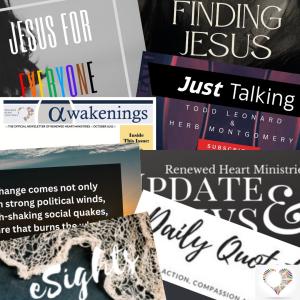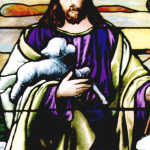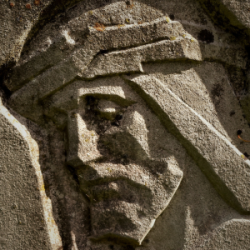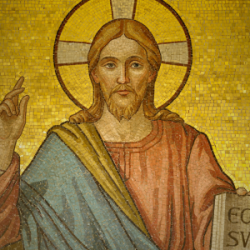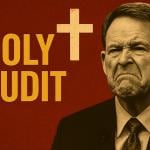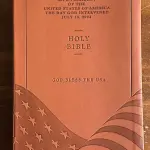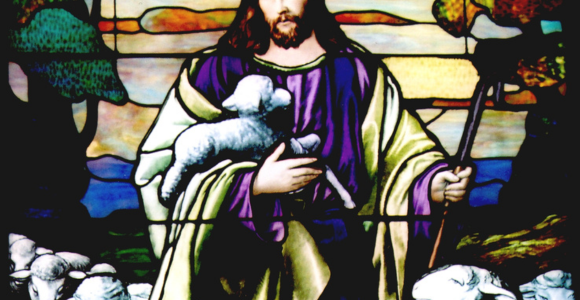
As we continue our consideration of the metaphor of a good shepherd and how that imagery relates to a socially just world, in Matthew’s gospel, the son of man of the apocalyptic book of Daniel also comes as a shepherd.
Welcome Readers! Please subscribe to Social Jesus Here.
(Read this series from its beginning here.)
“When the Son of Man comes in his glory, and all the angels with him, he will sit on his glorious throne. All the nations will be gathered before him, and he will separate the people one from another as a shepherd separates the sheep from the goats. He will put the sheep on his right and the goats on his left. (Matthew 25:31-33)
The gospels repeatedly imagine the people Jesus ministers to as healer and teacher as sheep without a shepherd too:
“When Jesus landed and saw a large crowd, he had compassion on them, because they were like sheep without a shepherd.” (Mark 6:34) “ . . . the lost sheep of Israel.” (Matthew 10:6) “ . . . the lost sheep of Israel.” (Matthew 15:24)
The image of a shepherd and sheep also has deep roots in the Jewish wisdom and justice tradition of the Hebrew prophets:
“I will place over them one shepherd, my servant David, and he will tend them; he will tend them and be their shepherd. I the LORD will be their God, and my servant David will be prince among them. I the LORD have spoken. I will make a covenant of peace with them and rid the land of savage beasts so that they may live in the wilderness and sleep in the forests in safety. I will make them and the places surrounding my hill a blessing. I will send down showers in season; there will be showers of blessing. The trees will yield their fruit and the ground will yield its crops; the people will be secure in their land. They will know that I am the LORD, when I break the bars of their yoke and rescue them from the hands of those who enslaved them. They will no longer be plundered by the nations, nor will wild animals devour them. They will live in safety, and no one will make them afraid. I will provide for them a land renowned for its crops, and they will no longer be victims of famine in the land or bear the scorn of the nations. Then they will know that I, the LORD their God, am with them and that they, the Israelites, are my people, declares the Sovereign LORD. You are my sheep, the sheep of my pasture, and I am your God, declares the Sovereign LORD.” (Ezekiel 34:23-31)
Here in Ezekiel, this imagery is used to convey the ethics of a distributive justice for a society where the threat of violence, injustice, and oppression are no more and there is enough for everyone to thrive. The imagery of a Shepherd is used to portray our world as a paradise restored and a safe, compassionate, just home for everyone.
Micah also uses this imagery for a similar purpose:
“But you, Bethlehem Ephrathah,
though you are small among the clans of Judah,
out of you will come for me
one who will be ruler over Israel,
whose origins are from of old,
from ancient times . . . He will stand and shepherd his flock
in the strength of the LORD, in the majesty of the name of the LORD his God.
And they will live securely, for then his greatness
will reach to the ends of the earth.
And he will be our peace . . .” (Micah 5:2-5, italics added for emphasis)
The shepherd brings social healing and teaches us the way of life: the path of love for one another where each of us makes sure we all have what we need.
In our reading this week, John’s gospel uses this same imagery and describes Jesus as a shepherd. How might this apply to us, today? We’ll look at one possibility in our final installment.
(Read Part 3)
Are you getting all of RHM’s free resources each week?
Begin each day being inspired toward love, compassion, action, and justice. Free
Sign-Up at:
https://renewedheartministries.com/
